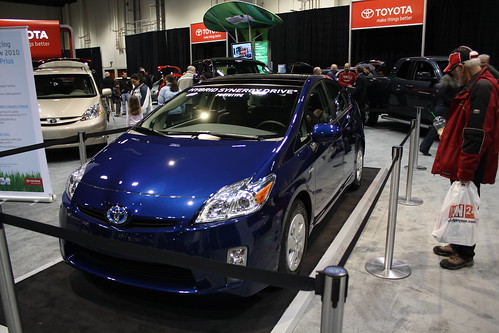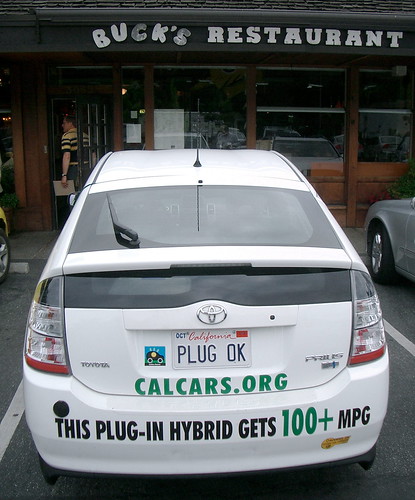Pursuing a Career in Public Health
If you are interested in pursuing a career in public health, you may be thinking about getting a degree at a traditional school or through an online program. You will find that there are many options for both; USC’s MPH program is online, for example, but there are universities all across the United States with traditional programs where you need to attend lectures and classes. How you choose your program depends on what works best for you. Either way, it may open up doors to a career in administration.

The seal of the United States Department of Health and Human Services. The symbol represents the American People sheltered in the wing of the American Eagle, suggesting the Department’s concern and responsibility for the welfare of the people. The colors are reflex blue and gold. This seal is now just used for mainly legal purposes; the department has a separate logo which is used for its visual identity. More information here and here. (Photo credit: Wikipedia)
Jobs in public health administration can put you in many different settings, so some people pursue this type of career because the flexibility that it provides. For example, some organizations work with refugees in the country who need medical care. These refugees have to go to the Heath Department for initial screenings, and then they may need to go to the doctor for a checkup, immunizations or treatments. At the administrative level, all of these appointments need to be set up, and people often have to be found to bring them to their appointments because they have no cars of their own. On top of that, interpreters are often required to allow them to communicate with health professionals.
This is just a single example, but you can see how it can be extrapolated to other areas within the industry. No matter what group of people your organization works with, you need to make sure that everything is scheduled appropriately and that appointments are not missed; if they are, more appointments may not be open for weeks or even months. Furthermore, complete medical records must be kept, patient portfolios much be updated, and paperwork must be filed. This is a complex job that requires incredible attention to detail if you are going to avoid errors that could lead to delays. In a health care setting, this is of the utmost importance.
As you begin your degree, keep in mind that future employers seek candidates who naturally pay attention to detail and check their own work. You need to be organized and dedicated to sorting through all of the small print. You will learn about all the most common types of paperwork that are needed, the best practices to use when doing scheduling and other administrative work, and any legal regulations that could impact your job.





















